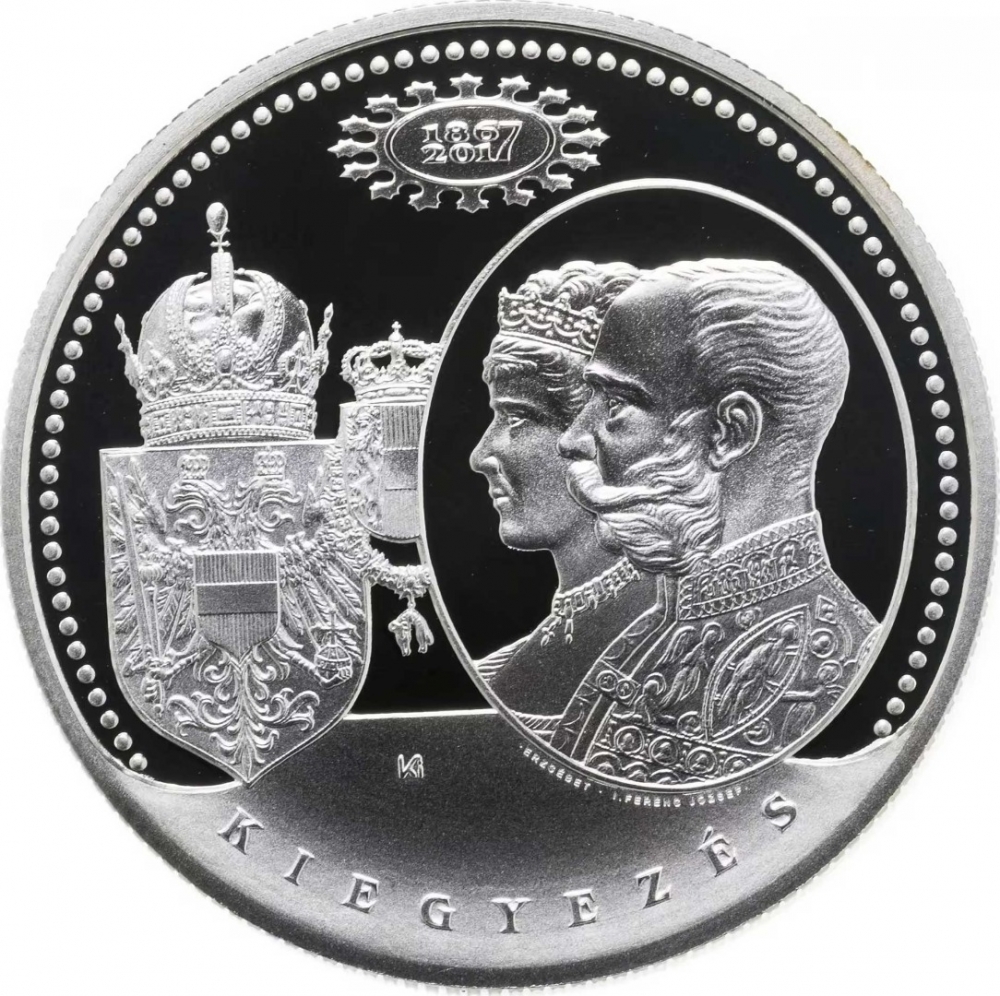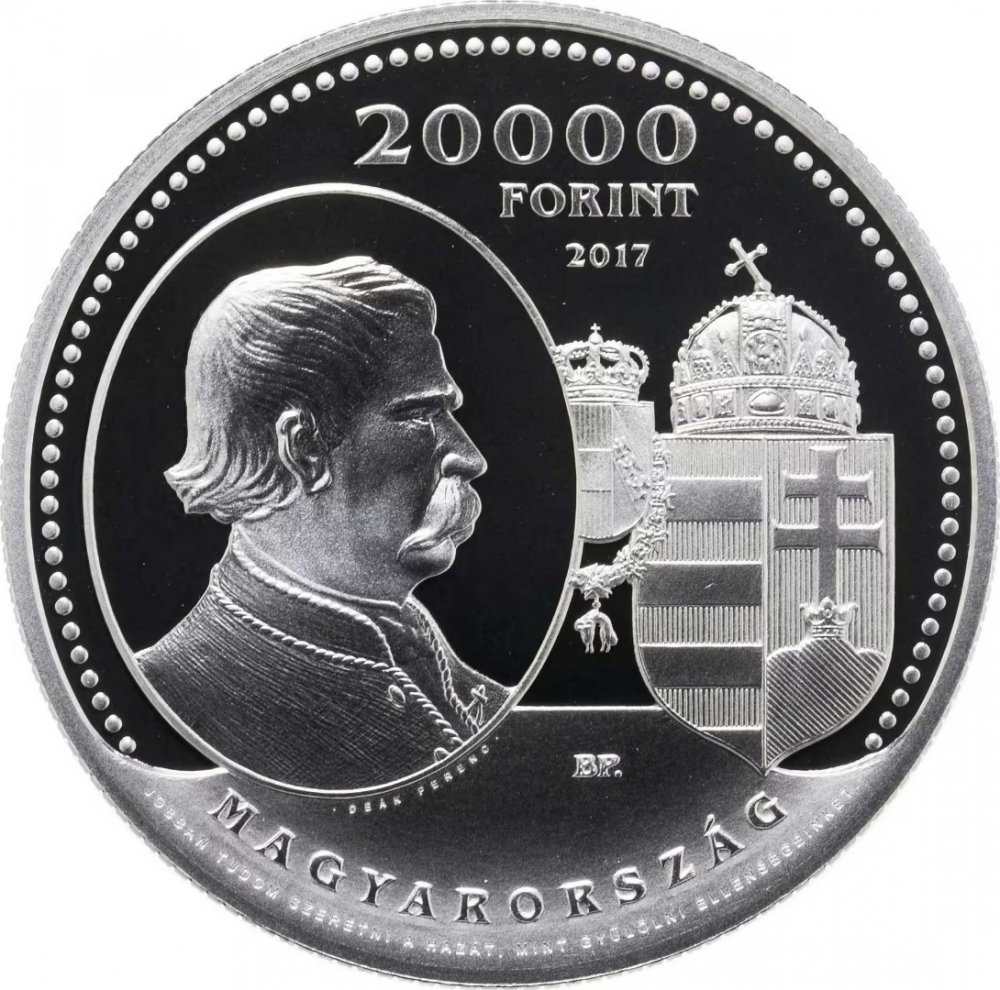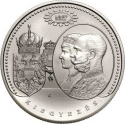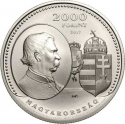You are about to finish your registration. Please check your mailbox (including spam folder). There should be a letter with a confirmation link. Check setting to make sure that your e-mail address is correct.
Send letter againDescription
The Austro-Hungarian Compromise of 1867, known as the Ausgleich in German and Kiegyezés in Hungarian, established the dual monarchy of Austria-Hungary, forming a military and diplomatic alliance between two sovereign states. This agreement, which partially restored Hungary's pre-1848 sovereignty, ended Emperor Franz Joseph's 18-year military dictatorship following the Hungarian Revolution of 1848 and reinstated the Kingdom of Hungary's territorial integrity and historic constitution.
During negotiations, Hungarian leaders aimed to regain the traditional status of Hungary lost after the 1848 revolution and restore reforms enacted by the revolutionary parliament, known as the April Laws. These laws, except for those based on the 9th and 10th points, were reinstated by Franz Joseph.
Under the Compromise, the House of Habsburg's lands were reorganized into a real union, with the Austrian Empire and the Kingdom of Hungary governed separately but united under a single monarch. Each state had its own parliament and prime minister, while unified diplomatic and defense policies were maintained through "common" ministries. Despite initial discontent among ethnic Hungarian voters, the ruling Liberal Party's support for the Compromise, especially among ethnic minorities, ensured its political survival.
Engraver: István Kósa
Obverse

|
Depicts a half-length portrait of Emperor Franz Joseph I and Empress Elisabeth in an oval frame. Below the portraits, following the outline of the oval frame, a micro-inscription reads "ELIZABETH • FRANZ JOSEPH I •". On the left side of the portraits, partially obscured, is a detail of the small coat of arms of the Austro-Hungarian Monarchy and the coat of arms of Austria. Above the depiction, in the center, in a seal-like shape, the jubilee years "1867" and "2017" are visible in two horizontal rows, connected by the numeral seven. Below the depiction, in the center, the engraver's privy mark is placed. The edge of the coin is decorated with a bead border, interrupted by a downward curving inner rim. In the middle of its lower edge, the inscription "COMPROMISE" is written in semi-circular form. 1867 |
|---|---|
Reverse

|
Depicts a half-length portrait of Ferenc Deák within an oval frame. Below the frame, a micro-inscription reads "• FERENC DEÁK •". On the right side, partially obscured, a detail of the small coat of arms of the Austro-Hungarian Monarchy and the crowned coat of arms of Hungary are linked to the portrait frame. 20000 |
| Edge |
20 000 Forint
KM# 934 Adamo# EM340
Related coins
150th Anniversary of the Austro-Hungarian Compromise of 1867



